
Women go under anesthesia for face-lifts, suck fat cells out of their thighs, roll needles into their faces for unclear reasons, and inject deadly toxins to get rid of wrinkles. These things all seem, well, rational to us now. But will our great, great, great granddaughters think so?
Every generation loves to look back on the follies of past generations and laugh about how dumb they were. “How could those idiots have thought bird-poop facials and fish pedicures were a good idea?” they’ll say of us in 2213. But there’s a lot we can learn by looking back at past beauty rituals: Mainly, that no one has ever wanted wrinkles or zits, celebrities will always be aspirational, and (beauty) history will repeat itself, just with different ingredients.
Caroline Rance, a historian and the author of The Quack Doctor, acknowledges that powerful, popular women have always set trends. Elizabeth I inspired a generation of women to smear lead all over their faces, much the same way Gwyneth Paltrow champions green juice (which I’m convinced will someday be proven to be toxic) and laser treatments.
As you’re contemplating your January self-improvement plan – a honey diet, perhaps? – in the coming weeks, take a peek at some of the deadly and disgusting things women have done in past centuries.
Lead Makeup

Lead has a long and alarming history as a makeup ingredient (and indeed, still plagues us today). According to Rance, it’s been used in cosmetics since antiquity. In the eighteenth century, women mixed it with vinegar to make ceruse, which helped them achieve that extremely pale look popular at the time. It also visually smoothed out the face — there was no such thing as sunscreen back then, and smallpox was rampant, so women often had a lot to hide. Commercial lead makeup products (like “Bloom of Ninon”) then became available in the eighteenth century. People who used lead-based products poisoned themselves slowly, and in the meantime, suffered side effects like grey hair, dried-out skin, severe abdominal pain, and constipation. Pretty!
Arsenic:
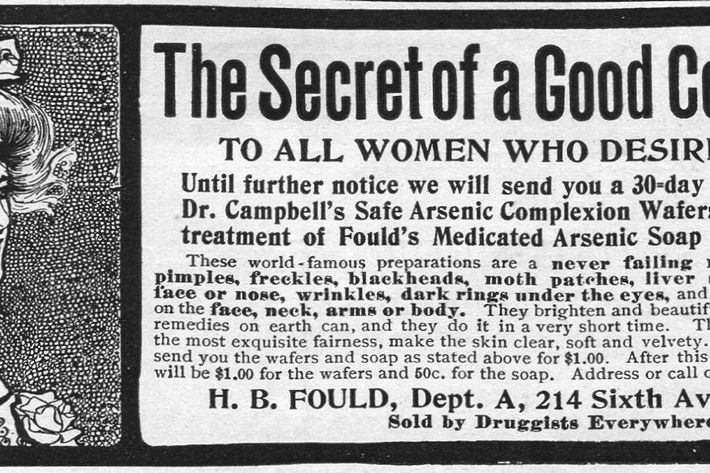
Once lead was out of the picture, arsenic took its place as the next pale-complexion miracle product. And as anyone who read Flowers in the Attic knows, taking arsenic is bad. It destroys red blood cells, which leads to pale skin, and eventually, death. According to Rance, women would make DIY versions by soaking the arsenic out of fly paper. But the entrepreneurs of the day saw an opportunity there, and products like “Dr. McKenzie’s Improved Harmless Arsenic Complexion Wafers” hit the market. Besides death, they could also make you go bald. To add insult to injury, if you stopped taking them abruptly, it would cause your complexion to go haywire, thus incentivizing you to keep taking them. Arsenic products were around until the twenties.
Mercury:
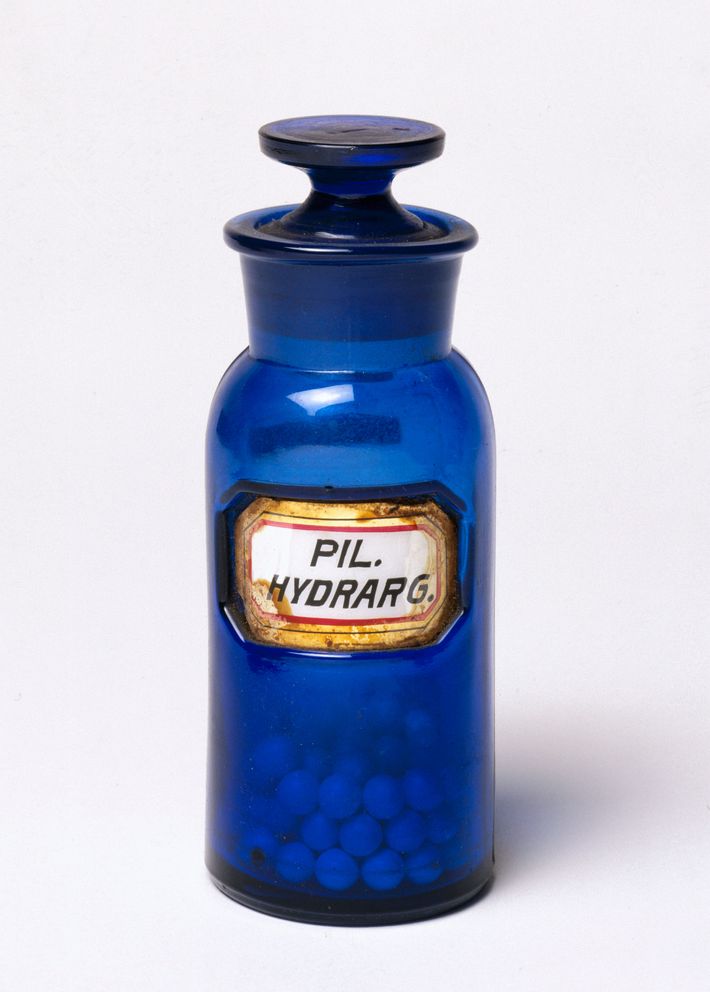
Mercury has made headlines recently, when it was discovered in modern cosmetics. Before the days of benzoyl peroxide, mercury was used to cure blemishes (and also syphilis, spawning the delightful saying, “A night with Venus, a lifetime with Mercury”). But it’s easily absorbed through the skin and can cause birth defects, kidney and liver problems, fatigue, irritability, tremors, depression, and a metallic taste in the mouth. Oh, and death.
Deadly Nightshade:
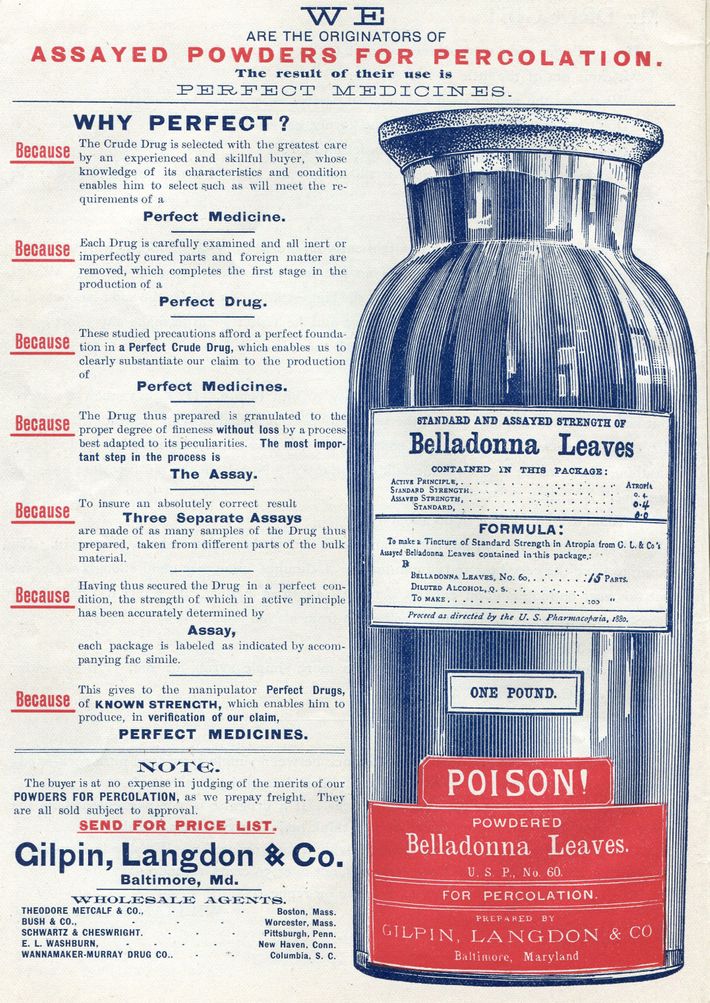
Italian women, who called it belladonna, used deadly nightshade as an eye drop to dilate their pupils, which supposedly made them more attractive, or at least, made them look like anime characters. It can cause visual distortion and sensitivity to light, and if taken systemically, can kill you pretty quickly.
Radiaoactive Skin-care:
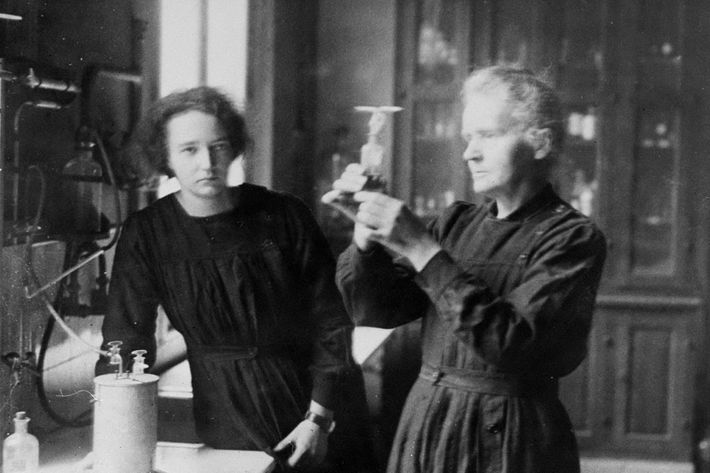
Forget about diamonds for making your skin radiant. Just use actual radiation! People went crazy for radium in the early twentieth century after the Curies discovered it, and it popped up in various skin creams. “If placed on the face where the skin has become wrinkled or tired the radio-active forces immediately take effect on the nerves and tissues. A continuous steady current of energy flows into the skin, and before long the wrinkles have disappeared,” reads an advertisement for Radior Chin Straps in 1915. Oh, dear.
X-Ray Depilation:
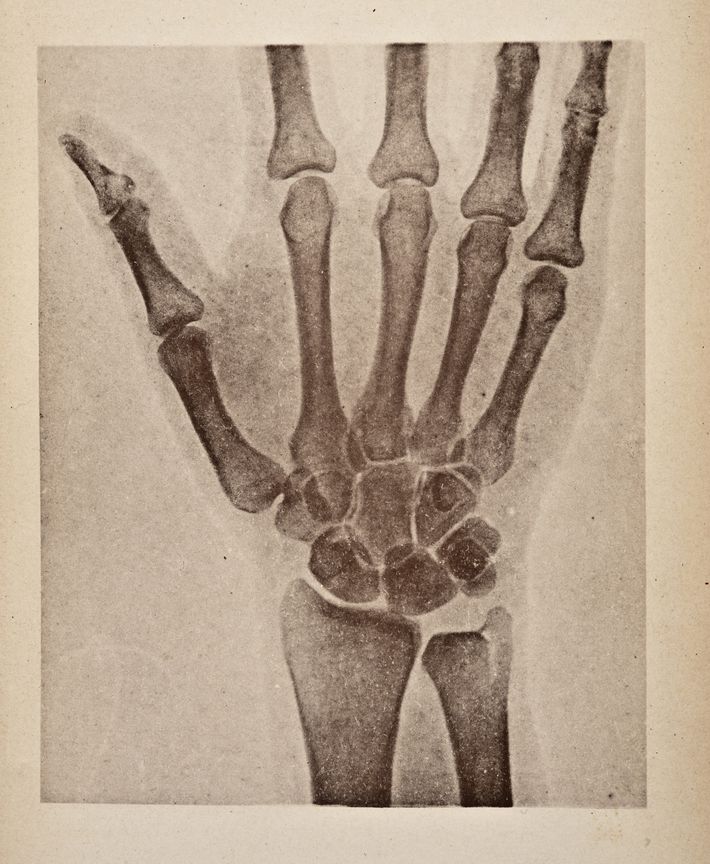
Scientists discovered X-rays in the early 2twentieth century and promptly put them to use removing excess body hair. According to one report, some patients had to be exposed to the X-ray for up to twenty hours. Sure, their hair fell out, but they also had skin thickening, atrophy, ulcerations, and later on, cancer. After a lot of bad side effects and lawsuits, everyone figured it out. But for a long time, the X-ray was marketed as a perfectly safe device for this aesthetic procedure.
Does this make anyone just a teeny bit nervous about lasers?
Lard and Other Hair Horrors:
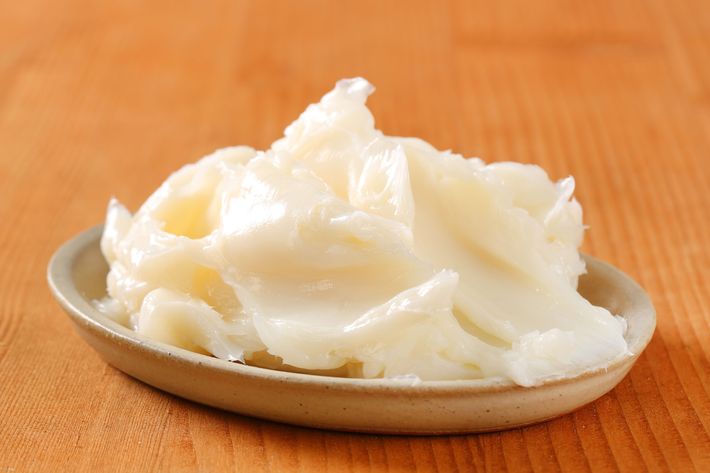
In the late 1700s, hairstyles reached their peak. Literally. To get the highest hair possible, women often used wooden and iron frames, leather horsehair pads, and lots of extensions. Then, hair was curled with “hot tongs,” covered with lard to hold it in place, and powdered with lead. After all that, obviously, you weren’t going to wash it for a while. So then the lice and vermin came, requiring “long scratching sticks.” There are even reports of women wearing cages around their coifs at night to keep the mice away. Formaldehyde in Brazilian blowouts is nothing compared to rodents munching on your head.
Eyelash Extensions:

Let’s allow this 1899 newspaper article about eyelash extensions to speak for itself:
“An ordinary fine needle is threaded with a long hair, generally taken from the head of the person to be operated upon. The lower border of the eyelid is then thoroughly cleaned, and in order that the process may be as painless as possible rubbed with a solution of cocaine. The operator then by a few skilful touches runs his needle through the extreme edges of the eyelid between the epidermis and the lower border of the cartilage of the tragus. The needle passes in and out along the edge of the lid leaving its hair thread in loops of carefully graduated length.”
It continues in that same horrifying vein for three more paragraphs. Pretty sure even the Kardashian relatives took a pass on this one.
Suddenly, going au naturel on a daily basis doesn’t sound so bad.




